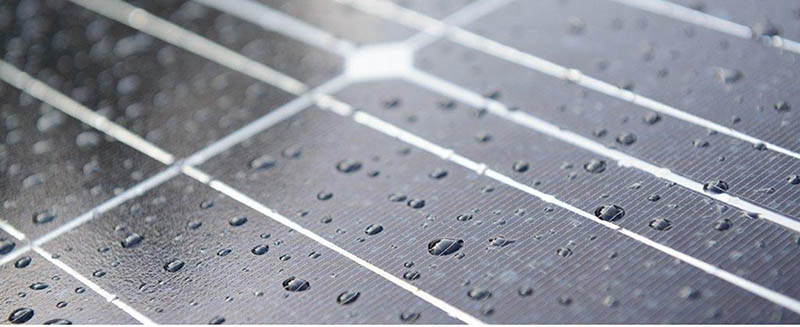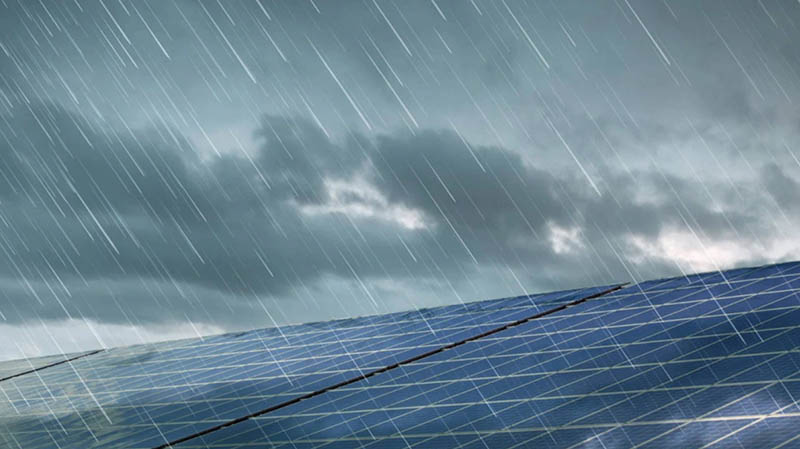Top 10 Solar Project Solution Factory In China
The solar panel's electricity generation capacity is reduced on rainy days due to the impact of rainfall. The direct exposure of sunlight to the solar panels is diminished by the presence of rain clouds, which lowers the efficiency of the panels.
Specifically, the electricity generation on rainy days is typically much lower compared to sunny or clear days. It is estimated that the solar panel's electricity generation on rainy days may only be around 10% to 25% of its rated power.

This reduction occurs because rainfall weakens the ability of sunlight to penetrate through, reducing the intensity and energy of the light. Additionally, rainwater can form droplets on the surface of the solar panels, partially obstructing the transmission and absorption of light.
However, even on rainy days, solar panels can still generate some electricity. They can utilize scattered or indirect light for electricity generation, albeit with lower efficiency. Furthermore, advanced solar technologies are continuously being developed to improve electricity generation efficiency under low-light conditions.

It is important to note that when designing a solar power system, the overall climate conditions throughout the year are typically taken into account, not just sunny conditions. This means that the system's capacity is adjusted based on different seasons and weather conditions to ensure the fulfillment of overall energy requirements.
Therefore, when considering a solar power system, it is essential to consider the electricity generation capacity under various weather conditions and evaluate the system's potential for electricity generation throughout the year based on your geographical location and climate conditions.
UAE 150KW solar energy storage system Industrial and commercial solar
The King of the Democratic Republic of the Congo has provided a solar energy storage power station system for the village of Bunkeya to meet the electricity needs of 2500 small households in the village. As the village currently lacks access to the grid, the King requested the design of a 1MW solar panel system paired with a 1.8MWh lithium battery storage system to power the entire village.
